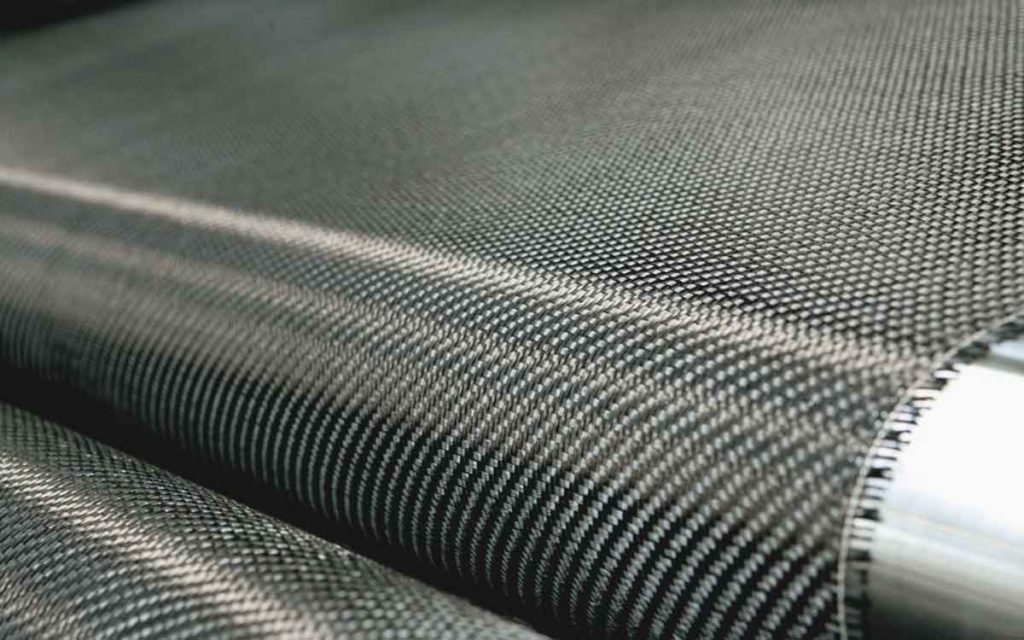
Industry experts say there’s a real opportunity for provinces like Alberta and Ontario to team up and produce carbon fibre.
The COVID-19 outbreak has exposed weaknesses in our global supply chain for critical key industries. As a result, industries around the world are now looking at how they source and operate supply chains. Experts are calling for renewed focus on building local supply capabilities to ensure that Canadian industry can operate effectively in times of disruption. The oil sands could supply one of these raw materials, but it’s not what you think.
A recent study from Alberta Innovates identifies an opportunity to create an entirely new carbon fibre industry in Canada. The study, conducted by Stantec with contributions from various industry parties identified a number of high potential non-combustion products that could be manufactured from the oil sands. One of these products is carbon fibre, which is composed almost entirely of carbon.
Carbon fibre is lightweight but very strong and has many potential applications in different industries – to reinforce wood, for example, or as a steel substitute to reinforce cement. It can also be used to manufacture automotive parts. Because carbon fibre has half the weight and twice the strength of steel, it can dramatically increase fuel efficiency in automobiles, thereby reducing carbon dioxide (greenhouse gas) emissions significantly.
For this reason, carbon fibre has been touted as the material of the future and could be the next billion-dollar opportunity for Canada. Creating a new market for Canadian carbon fibre, would transform a low-value, by-product into a valuable commodity and help diversify the oil sands industry.
Traditionally, carbon fibre is manufactured using natural gas liquids as a feedstock*, but Alberta Innovates’ report indicates there could be a significant market to produce carbon fibre using feedstock from Canada’s oil sands. Significant research is underway to understand the potential of using asphaltenes – the heavy by-product that’s leftover after production of a barrel of oil – for this purpose.
The use of carbon fibre composites in the automobile industry, based on Alberta bitumen, creates a unique opportunity for Canadian industry. The report points out that if properly developed, it could create a powerhouse of modern manufacturing, building off the Eastern provinces’ manufacturing prowess combined with Alberta’s strength in natural resource production.
In simplest terms, imagine an end-to-end supply chain, where Alberta bitumen is used as an input to the carbon fibre manufacturing process. The raw material is shipped as feedstock from Alberta to southern Ontario where it is transformed into carbon fibre through advanced manufacturing processes. The carbon fibre is then used by auto parts manufacturers to create lightweight, high-strength automobile parts. These parts are sold to the Ontario and Quebec based car manufactures who assemble the automobile.
As the report notes, there are several elements of this supply chain that need to be advanced for Canada to take advantage of the carbon fibre opportunity. They include building up carbon fibre manufacturing capacity and integrating carbon fibre into the supply chain. But the biggest opportunity is the potential to build on Canada’s strengths – Ontario’s manufacturing and Alberta’s resource production.
For more information on the potential uses of bitumen as a feedstock for carbon fibre, see the Alberta Innovates report: https://albertainnovates.ca/wp-content/uploads/2018/04/BBC%20-%20Report%202.pdf.
* Feedstock is the raw material used to produce goods or intermediate materials that are then feedstock for other finished products.




















